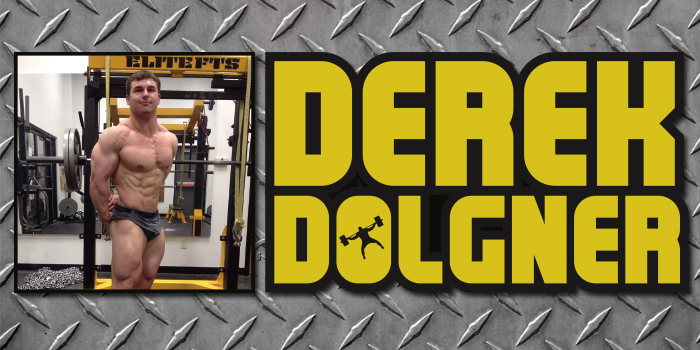
"If it isn’t broke, don’t fix it,” is the quote that comes to mind when I look back on my last four weeks of contest prep leading into Team Universe. My coach, John Meadows, is very pleased with my current conditioning as it continues to improve. What has changed? Nothing! All variables for diet and training have remained the same, although other ailments, (such as mobility) have changed. Diet and training aren’t the only factors that play a role with preparing for a bodybuilding show. Corrective work is also an imperative factor in preparation for a show and training.
Corrective work is often overlooked but critical to optimizing performance, extending a career, and making you the best version of yourself. Over the last seven years, I have continually increased my intensity and volume related to training, pushing myself to physical and mental extremes.The result? I am jacked, but also severely jacked up. This type of result is common and often comes with the territory of intense training. Issues such as poor shoulder mobility, a tight low back, or grinding hips are not uncommon. These ailments are frustrating and compromise performance and activation. However, most of us are uneducated when it comes to correcting these problems. As a result, we continue to grind it out, telling ourselves, “it will get better,” or “fight through the pain.”
If you do not address issues things will continue to get worse, cause permanent damage or at the very best lack improvement. When issues become constant and ongoing, unbearable, prohibit proper form and technique, or simply normal function, that’s when it’s time to consider seeing a trained professional. Hiring a qualified professional is worth every penny. I can say first hand, I would not have made the progress without corrective work.
I was made aware of the issues that needed addressing while working with my posing coach, Dave Myers, and biomechanical technician, Adam Bisek. While running me through quarter turns they realized I had an impingement in my left shoulder, which was ultimately preventing me from opening up fully in my back relaxed pose. This hindered the ability to display my physique to its full potential. In bodybuilding, posing matters and should receive as much attention to detail and practice as your training and nutrition. Posing correctly can change the way your body looks in a matter of seconds and can give you the edge on stage when you are presenting your physique. Being unable to hit your poses correctly can also ruin your physique and can hide the years of hard work, dedication, and sacrifices you have made. This “small” impingement in my shoulder spirals into a domino effect as it directly correlates to the rest of my body and posing.
The lack of shoulder mobility was also compromising my front double bicep pose because I was lacking the ability to fully externally rotate my shoulders.
My biomechanical analysis performed by Dave and Adam showed I needed to release my first rib and upper trapezius. They were cued in on a possible corrective issue while training traps. While executing a seated overhead press accentuating scapular elevation and depression Adam noticed I was a bit “stuck” toward the top end of the movement. Normally, this movement performed to its full potential can elicit a good deal of trapezius activation, especially the lower/mid trapezius as the scapula reaches end ranges of upward rotation. However, because I was missing that top end of the movement I was missing some of the benefits. When there's a problem, there's a need to fix it.
The first rib release is a technique that Adam uses on a great deal of his clientele, as it is common to have an overactive upper trapezius and surrounding musculature. The resulting issue is inadequate top end range of motion (ROM) in shoulder abduction and flexion (figure 1a and 1b respectively). While the first rib release technique is designed to do just that, release a raised first rib, Adam showed me that it is also a great activity to do some myofascial work on the surrounding tissue that tends to be overactive.
1a. Abduction in the frontal plan
1b. Flexion in the sagittal plane
When testing this issue, Adam asked me to raise my arms as high as I could. He then was able to identify the issue by noticing the distance between my humorous and ear while he viewed me from the front. There is not an exact metric in terms of distance that should be obtained, but the ability to touch your bicep to your ear or have it within an inch or two is a good marker to strive for. The release took place by administering pressure to my upper trapezius (Adam used a barbell), to pin down the first rib. The more medial you can place pressure (i.e.. closer to the midline of the body) the better, as this has a greater propensity to tact down tissues such as the elevator scapulae and the scalene. Next Adam had me raise my arm by conducting shoulder flexion and extension (see figure 1b). After releasing one side Adam had me re-test noting the visible difference (figure 2) and also noting the kinesthetic differences I felt immediately following treatment.
Figure 2 Re-test
The finished product resulted in a more fluid, full ROM of both the glenio-humeral (shoulder) joint and scapulae. Doing this activity before an upper body training session can lead to greater activation of the musculature that governs the aforementioned joints and subsequently elicit greater development as well.
Unfortunately, I do not have to opportunity to work with Adam often so he strongly recommended I seek out a reputable Active Release Technique (ART) professional in the area to help me with the issues I was experiencing in my quads. While training quads I was constantly getting snapping, pulling, and tingling feelings down my lateralis and up my rectus femoris. Anything that resulted in a large degree of hip flexion would cause pain. Increased inflammation was a result from this creating more fluid retention in my legs and covering most of the detail in my quads. It had reached a point where my warm-up and foam rolling took 45 minutes. Corrective exercise shouldn't last the duration of a training session or be something you have to do all the time. This was the case for myself and it was clear there was an underlying cause to my problems that I had not been addressing. Corrective exercise should provide a noticeable improvement right away (as shown above). However, my issues were not improving. It was clear I was either using the wrong corrective strategy or another issue needed to be addressed.
The majority of my issues are from an accumulation of micro-trauma over the years from hard intense training resulting in tough, dense scar tissue in my quads. This scar tissue binds up and ties down the muscle tissue in my quads that needs to be able to move freely while training. This build up of scar tissue scar has caused my muscles to become shorter and weaker. This trapped my nerves causing the tingling and numbness I am experience in my legs.
This is why I hired an Active Release Technique (ART) professional to help me find the root of the problems, and to help get my body to where it can perform and function properly. The basic concept of ART is simple, just not an easy practice to perform. The professional will put the tissue in its shortest position, then apply tension to the area while at the same time lengthening the tissue. A technique called Graston is also used on my quads to effective address the build up of scar tissue. This technique uses a stainless steal tool to treat the soft tissue fibrosis and chronic inflammation.
Thankfully, there have been signs of improvements as I add to the list of treatments I am receiving as Team Universe quickly approaches. I want to highlight the importance of listening to your body and the pain you feel instead of “riding it out” or “fixing it on your own.” Learn from my mistakes and address the pain and issues before the damage is done and is long-term. Grinding it out doesn’t make you hardcore. We all have busy lives but if this is important to you I suggest you make time for corrective work. Corrective work is critical to optimizing performance, extending a career, and making you the best version of yourself.









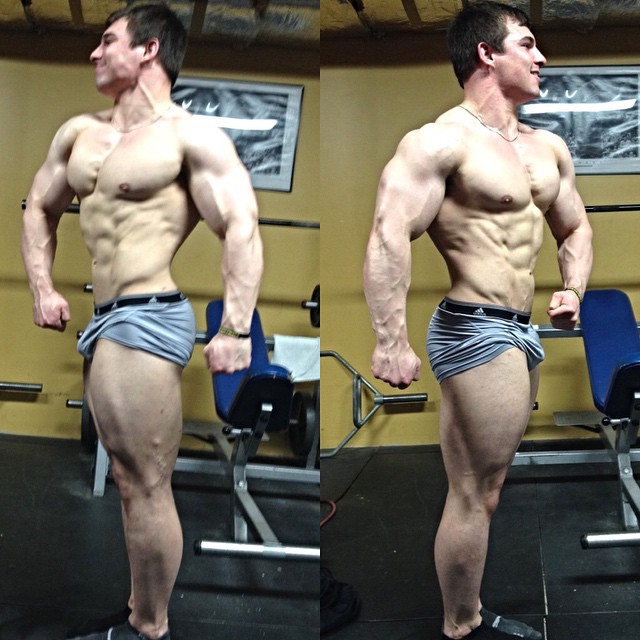
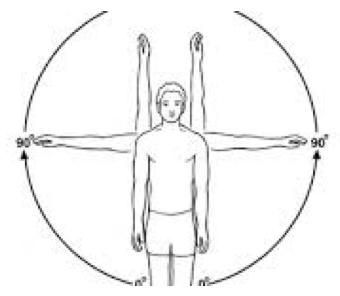
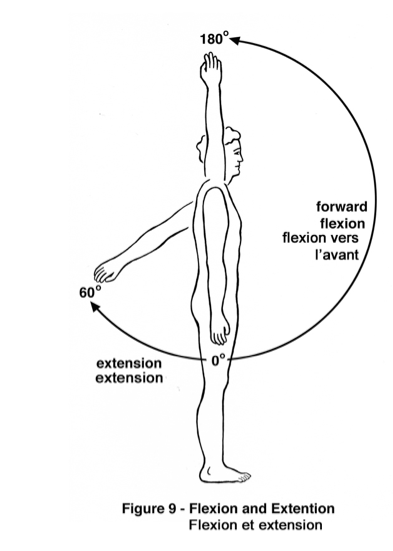
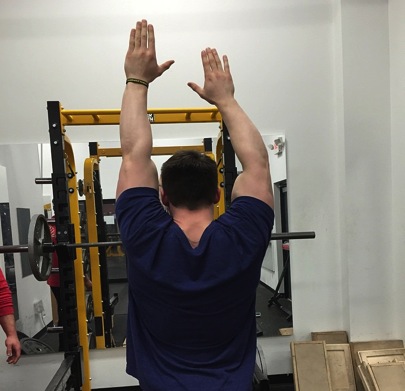


1 Comment